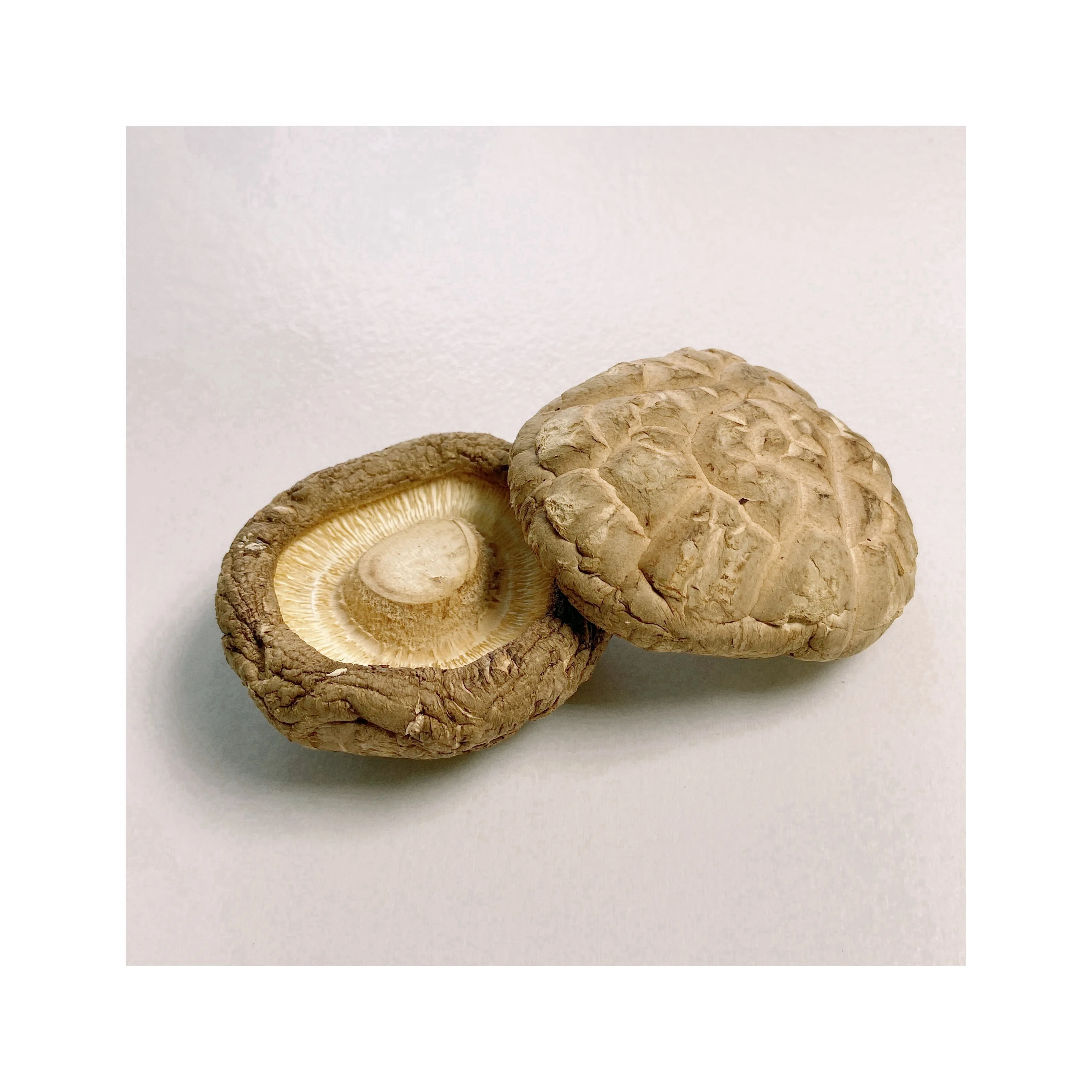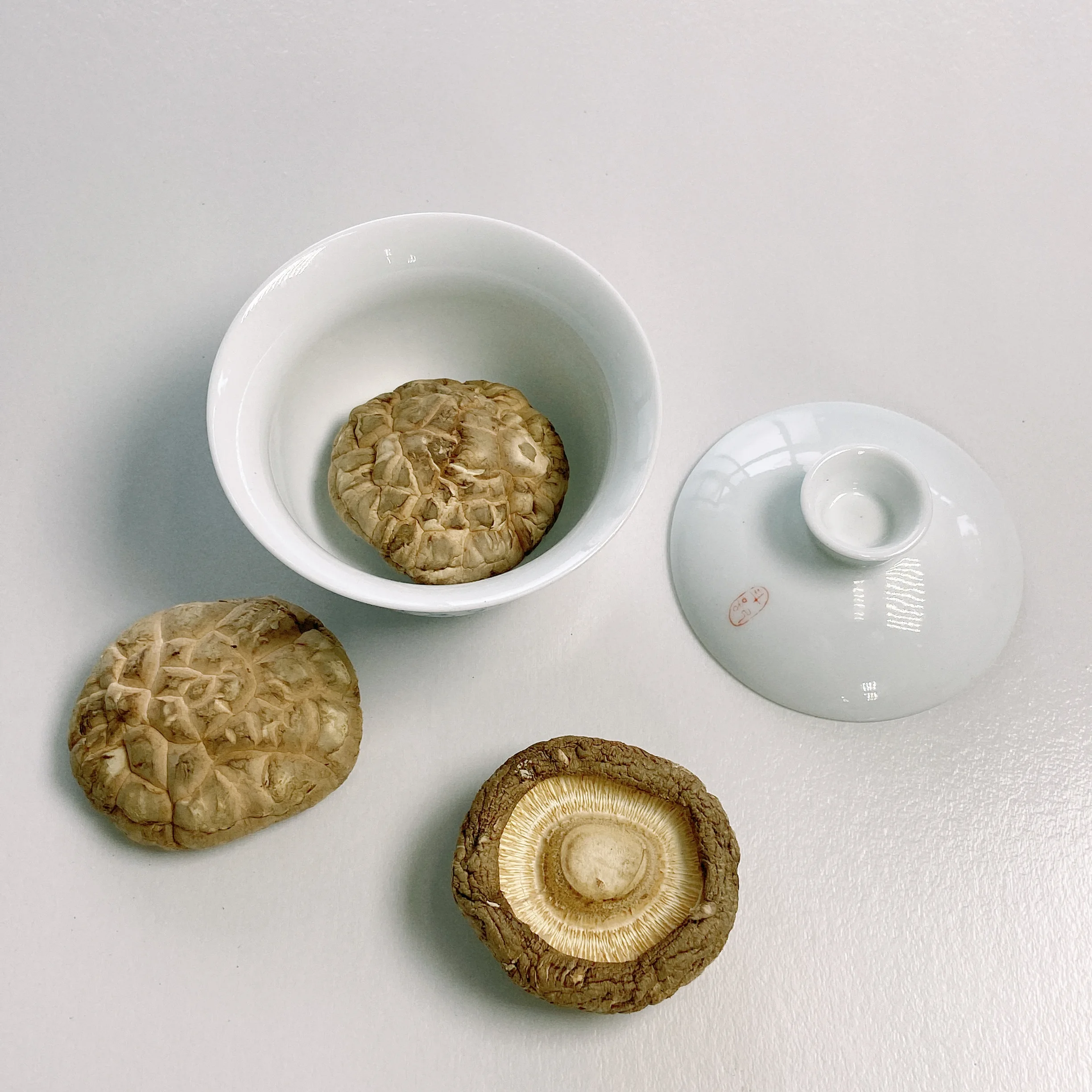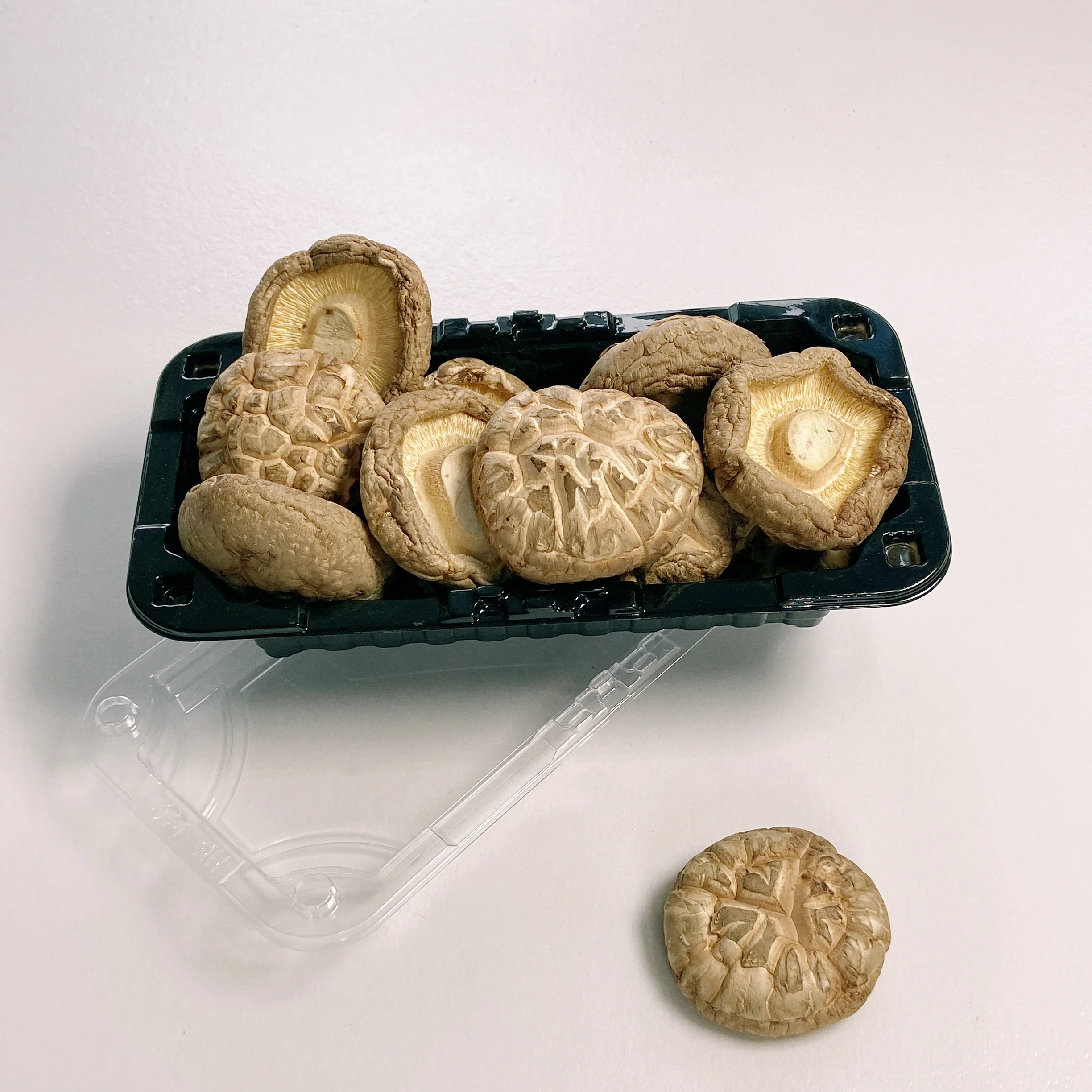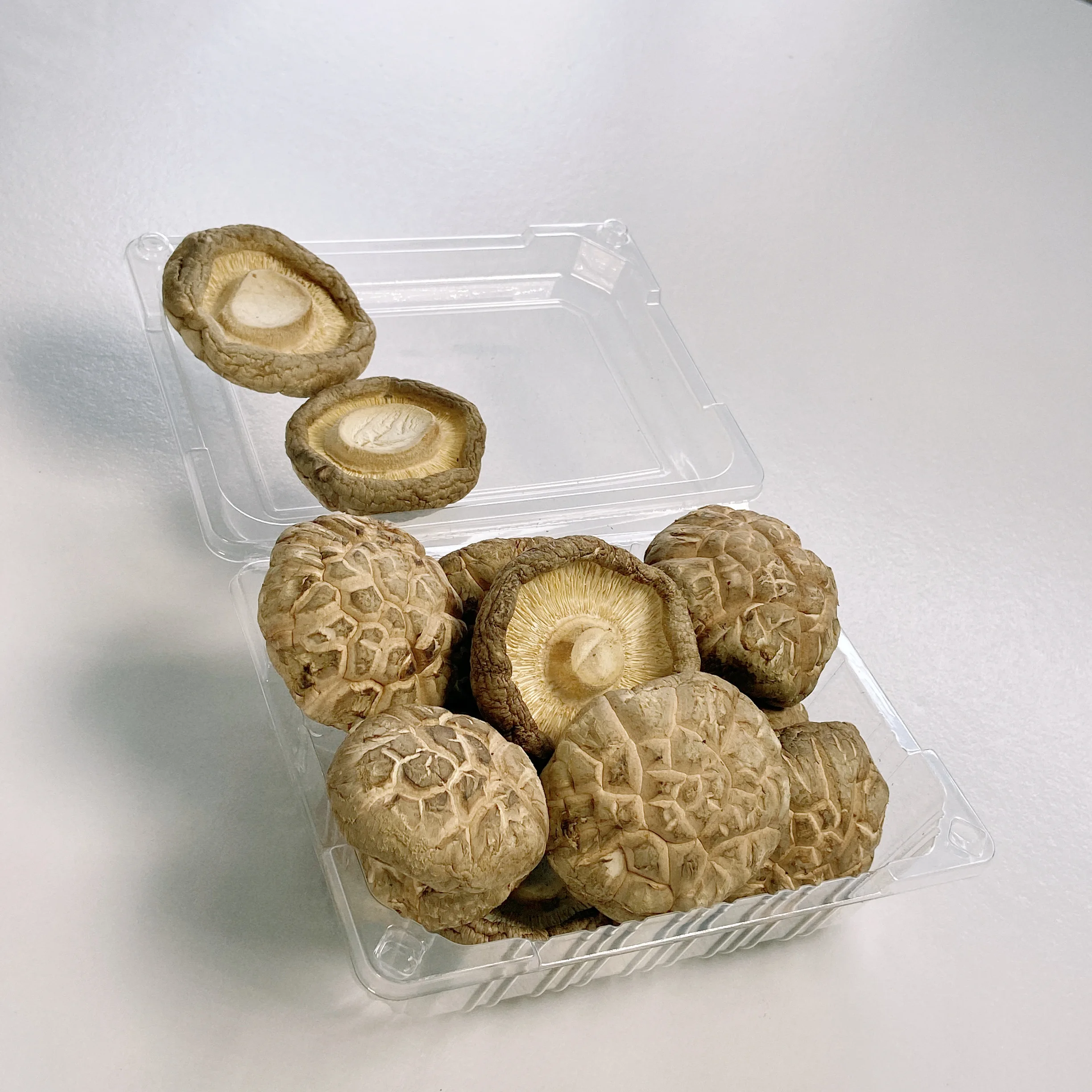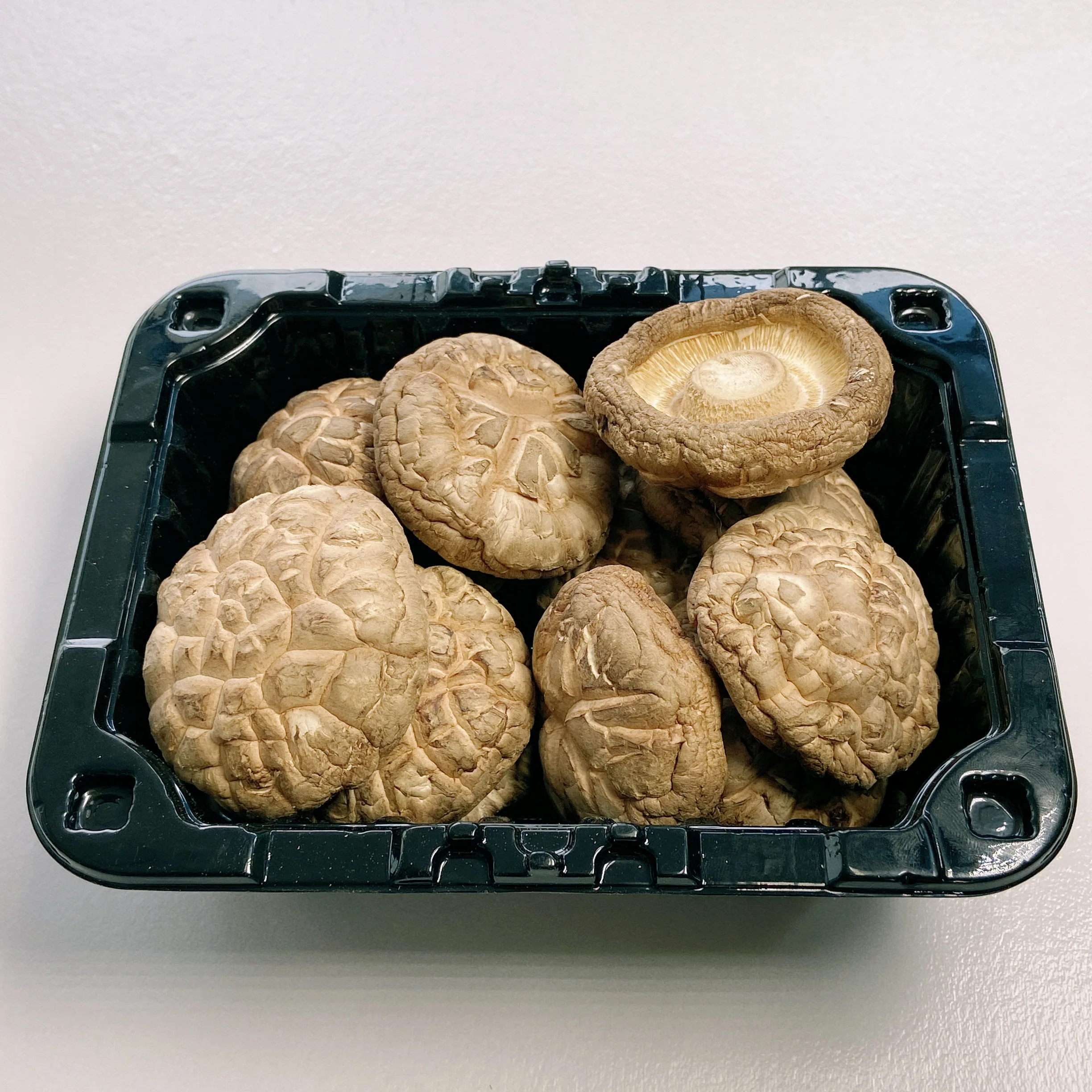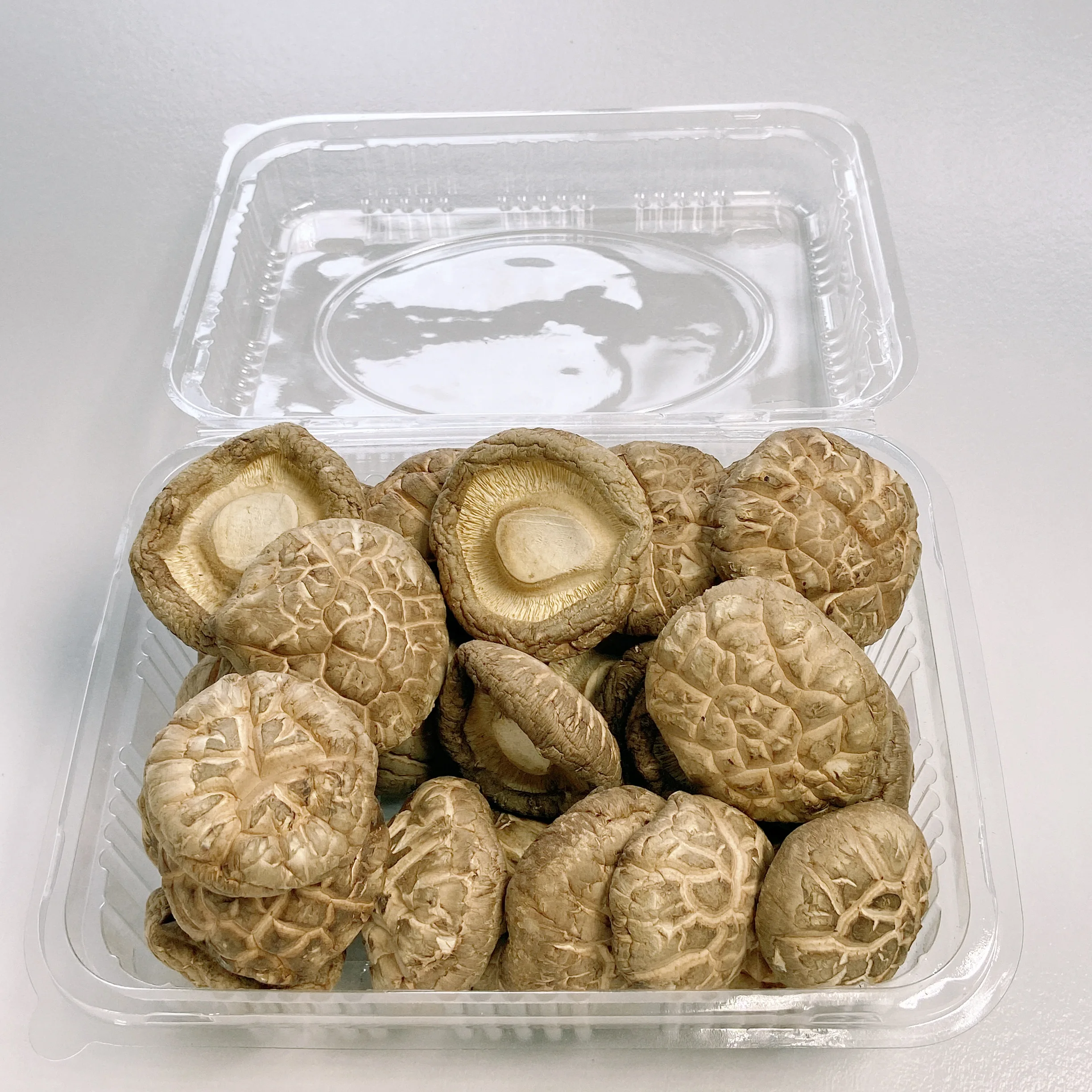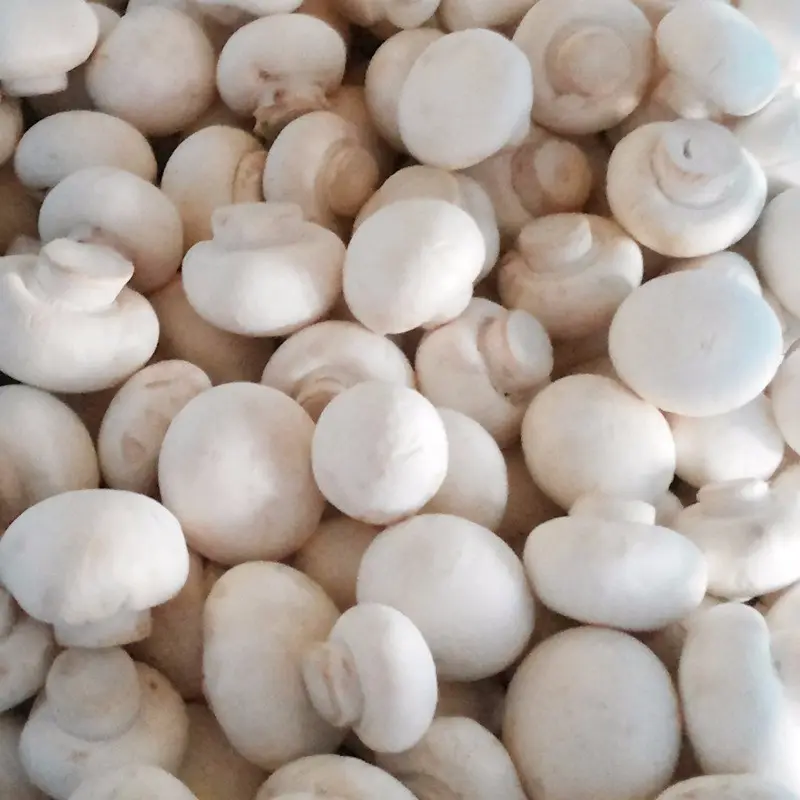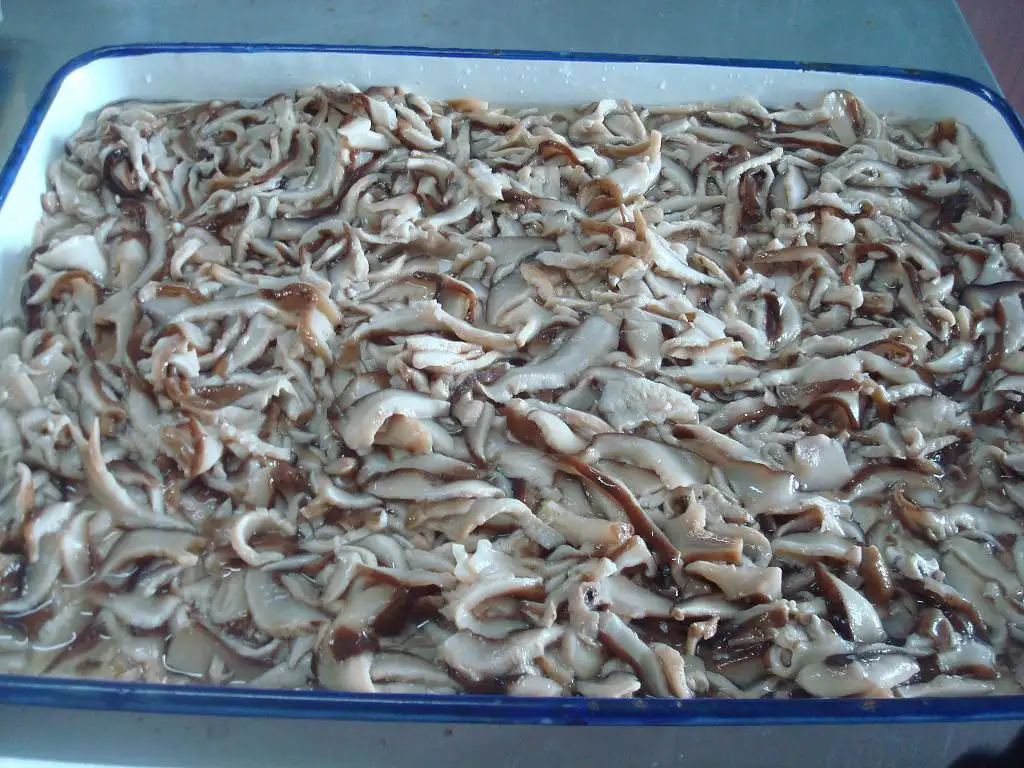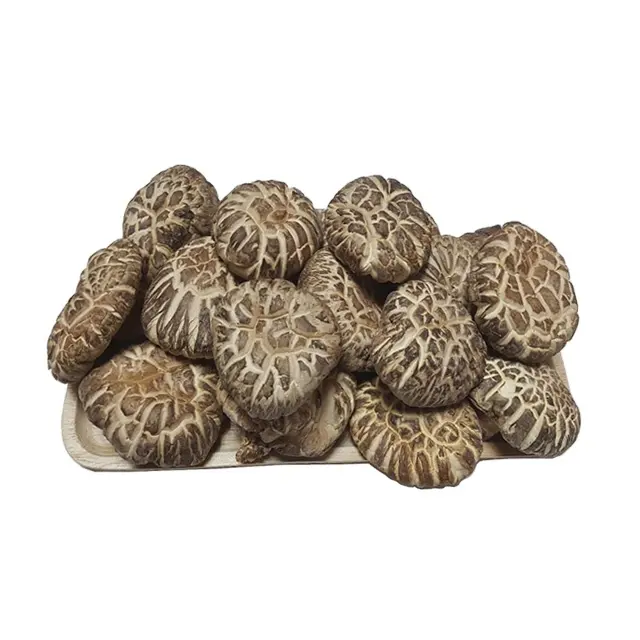Хит продаж сушеные грибы Хуа премиум-класса шиитаке
- Категория: Shiitake >>>
- Поставщик: Beijing,Fernival,International,Trading,Co.,Ltd.
Поделиться:
Описание и отзывы
Трекер стоимости
| Месяц | Минимальная цена | Макс. стоимость |
|---|---|---|
| Sep-15-2025 | 0.30 $* | 0.59 $* |
| Aug-15-2025 | 0.58 $* | 0.39 $* |
| Jul-15-2025 | 0.2 $* | 0.79 $* |
| Jun-15-2025 | 0.56 $* | 0.99 $* |
| May-15-2025 | 0.1 $* | 0.99 $* |
| Apr-15-2025 | 0.99 $* | 0.31 $* |
| Mar-15-2025 | 0.18 $* | 0.60 $* |
| Feb-15-2025 | 0.7 $* | 0.29 $* |
| Jan-15-2025 | 0.36 $* | 0.8 $* |
Характеристики

Product name | Premium Dried HUA Mushroom |
Material | dried mushroom |
Colour | Tawny with Seashell Cracks |
Shape | umbrella cap |
Features | crisp |
MOQ | 1000kg |




1.Please explain why your shiitake is unique different than all other shiitakes?
2.What are the yields for each log and how many flushes?
3.What are the dimensions of each log?
4.Please describe each stage of the production and the timeline for shipping. (From order to ETD)
5.What is the price per block/kg? FOB
There are three reasons why our mushroom is unique and the best product
1) Viewing from the appearanc: the pattern and color on the surface are the sensory indicators to distinguish our mushroom(we call it HUA mushroom) from the common shitake mushroom. There are no cracks on the surface, and pale or brown or even dark brown are the visual senses of descending rank. According to industry standards, some of our HUA mushrooms can be directly judged as super mushrooms only from the surface. Some high-quality supermarkets in China, such as shopping malls in the first-tier cities of Beijing, Shanghai and Guangzhou, need such products for high-end consumers. Although the volume will not be too large, this is a market we attach great importance to, and it's not an ordinary product that needs to capture market share. As an aside, the high-end supermarket SKP (Xinguang Tiandi) in Beijing sells a toothpaste containing gold powder for 998 each. Although I don't think it's a rational consumption concept, if our products occupy this part of the market now, one day they will become rational and discriminating consumers as well in the end and buy our products all the time, because our products are not a gimmick but always of high quality.
2) In terms of taste by smelling and tasting: our fresh products are basically tasteless, because they are introduced from wild mushrooms growing in the primordial forests. As we all know, the real wild mushroom itself does not have any fragrance. When you smell our fresh products, especially the freshly picked mushrooms, there is nothing but a smell of soil; When cooking, due to the application of heating and oil, there appears a rich fragrance . On the other hand, the caps of our mushroom are very thick and dense, especially the density of the legs. You can tear the legs by hand to test it. At the same time, because it itself is food, "delicious" after cooking is the last word. Whether it is a "delicious" product that consumers need. Once the sample is delivered to you, you can cook it and have a try. By the way, our product goes better with butter, and next time if I can see the professor, one of our consultants from China Agricultural University, I will ask him why.
3) Turning to raw materials: our seeds are introduced from wild mushrooms that grow naturally in the primordial forests. They need to be domesticated to grow healthily in the artificial environment. Meanwhile, our self-developed smart standard greenhouses for mushrooms make it possible to produce such mushrooms all year round. Usually, mushroom farmers start to make logs from April to September of the same year, and start to produce mushrooms from October of this year to April of the next year. On the other hand, one of the raw materials in our mushroom logs is chopped woods, which comes from the primordial forests in Northeast China. Due to the relevant national laws and regulations, it is not allowed to cut the young woods within the range of vision in the living area, so it can only be cut in the deep forests. Therefore, our woods growth period are longer, more far away from modern urban pollution sources, more original ecology. Most importantly, we use and only use this kind of woods.
4) From the perspective of nutritional value: according to Baidu Encyclopedia (known as China's Wikipedia), there are seven to eight kinds of amino acids in common shiitake mushroom. The report on our HUA mushrooms given by a third party point out that ours contain as many as16 to17 kinds of amino acids, and the contents of vitamin D and E are very high, as well as seleni
2.What are the yields for each log and how many flushes?
3.What are the dimensions of each log?
4.Please describe each stage of the production and the timeline for shipping. (From order to ETD)
5.What is the price per block/kg? FOB
There are three reasons why our mushroom is unique and the best product
1) Viewing from the appearanc: the pattern and color on the surface are the sensory indicators to distinguish our mushroom(we call it HUA mushroom) from the common shitake mushroom. There are no cracks on the surface, and pale or brown or even dark brown are the visual senses of descending rank. According to industry standards, some of our HUA mushrooms can be directly judged as super mushrooms only from the surface. Some high-quality supermarkets in China, such as shopping malls in the first-tier cities of Beijing, Shanghai and Guangzhou, need such products for high-end consumers. Although the volume will not be too large, this is a market we attach great importance to, and it's not an ordinary product that needs to capture market share. As an aside, the high-end supermarket SKP (Xinguang Tiandi) in Beijing sells a toothpaste containing gold powder for 998 each. Although I don't think it's a rational consumption concept, if our products occupy this part of the market now, one day they will become rational and discriminating consumers as well in the end and buy our products all the time, because our products are not a gimmick but always of high quality.
2) In terms of taste by smelling and tasting: our fresh products are basically tasteless, because they are introduced from wild mushrooms growing in the primordial forests. As we all know, the real wild mushroom itself does not have any fragrance. When you smell our fresh products, especially the freshly picked mushrooms, there is nothing but a smell of soil; When cooking, due to the application of heating and oil, there appears a rich fragrance . On the other hand, the caps of our mushroom are very thick and dense, especially the density of the legs. You can tear the legs by hand to test it. At the same time, because it itself is food, "delicious" after cooking is the last word. Whether it is a "delicious" product that consumers need. Once the sample is delivered to you, you can cook it and have a try. By the way, our product goes better with butter, and next time if I can see the professor, one of our consultants from China Agricultural University, I will ask him why.
3) Turning to raw materials: our seeds are introduced from wild mushrooms that grow naturally in the primordial forests. They need to be domesticated to grow healthily in the artificial environment. Meanwhile, our self-developed smart standard greenhouses for mushrooms make it possible to produce such mushrooms all year round. Usually, mushroom farmers start to make logs from April to September of the same year, and start to produce mushrooms from October of this year to April of the next year. On the other hand, one of the raw materials in our mushroom logs is chopped woods, which comes from the primordial forests in Northeast China. Due to the relevant national laws and regulations, it is not allowed to cut the young woods within the range of vision in the living area, so it can only be cut in the deep forests. Therefore, our woods growth period are longer, more far away from modern urban pollution sources, more original ecology. Most importantly, we use and only use this kind of woods.
4) From the perspective of nutritional value: according to Baidu Encyclopedia (known as China's Wikipedia), there are seven to eight kinds of amino acids in common shiitake mushroom. The report on our HUA mushrooms given by a third party point out that ours contain as many as16 to17 kinds of amino acids, and the contents of vitamin D and E are very high, as well as seleni
Похожие товары
Консервированные грибы премиум-класса shiitake в барабане рассола
US $10.00-$18.50
Цветочный гриб
US $1500
Wholesale Premium Larger Delicious Fresh Shiitake Mushroom
US $14.14-$15.64
Сухой шиитаке гриб 250 г/500 г/1 кг/3 кг
US $1.00-$100.00
425g китая оптом консервы шиитаке ломтик
US $850.00
